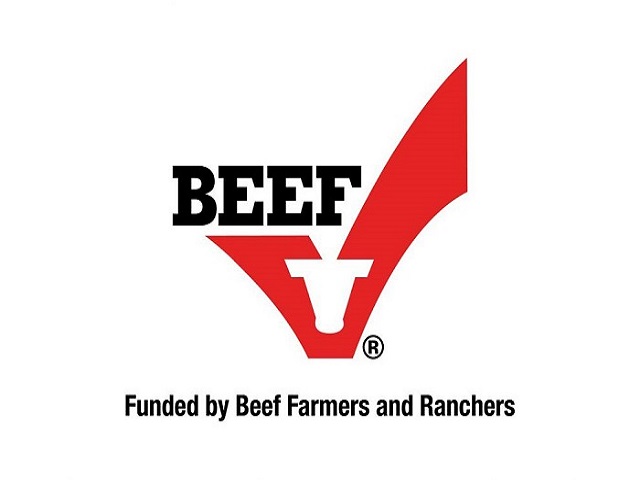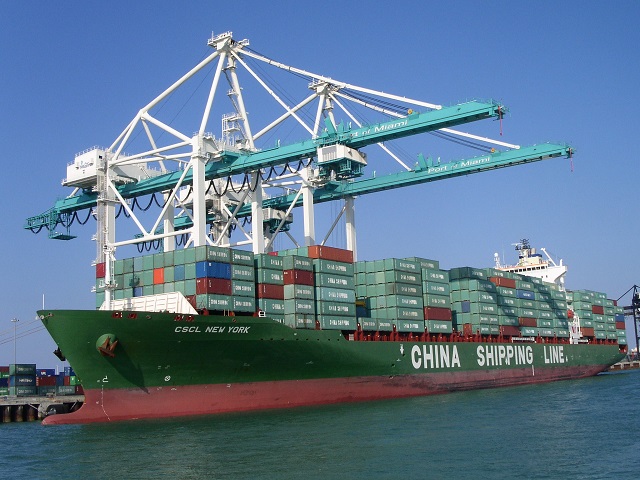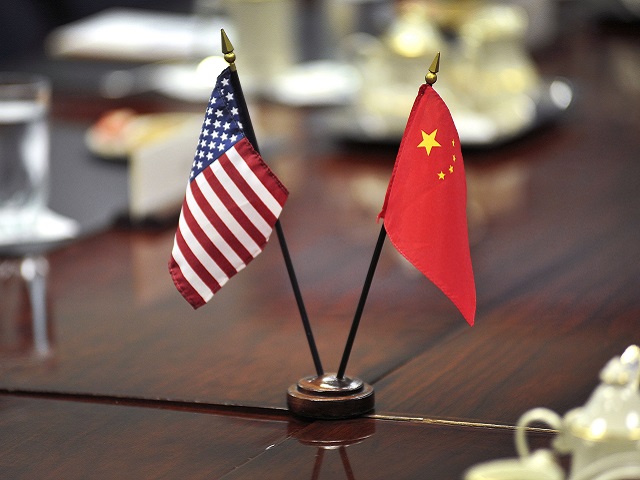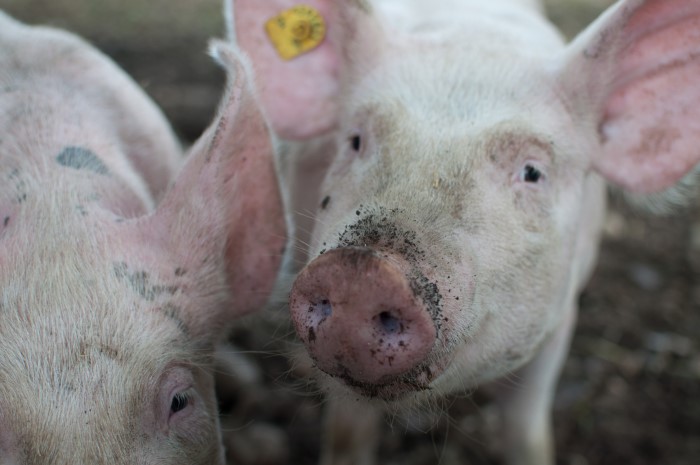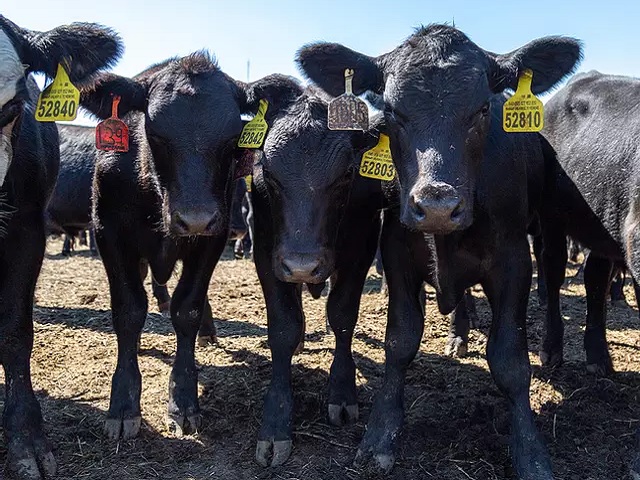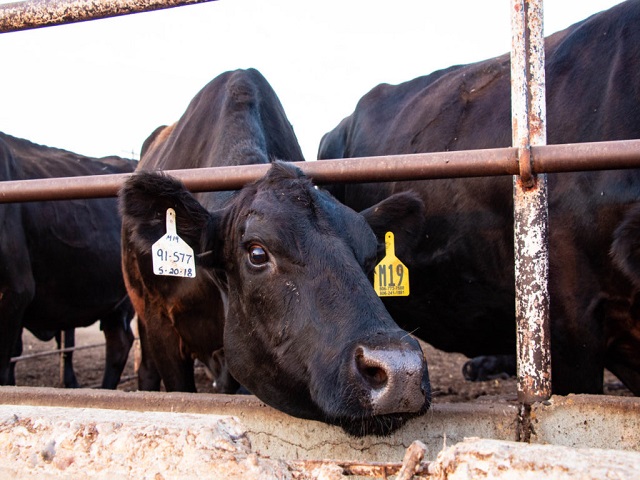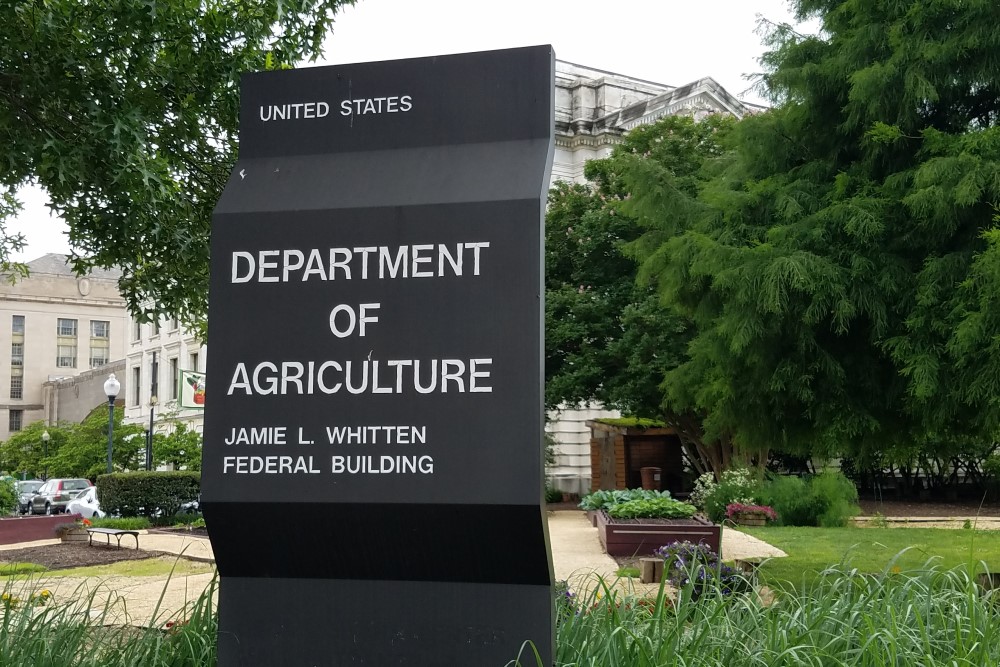Despite Missing Mark, Chinese Ag Purchases Still Impressive
WASHINGTON, DC – The Phase One trade agreement between the United States and China has U.S. farmers reaping rewards sown through a two-year trade war with the communist country. The agreement signed one year ago laid out a simple plan for China to purchase $12.5 billion more in U.S. ag imports than in 2017. 2017 was chosen as a baseline because it was the last “normal” year of trade between China and the United States prior to the trade war. In 2017, the U.S. exported almost $21 billion in products covered by the agreement to China, which implies $33 billion in imports of U.S. agricultural products to fully meet the terms of the agreement. Despite the fact China missed the mark, Veronica Nigh an economist with the American Farm Bureau Federation (AFBF) says some commodities experienced banner sales. For example, the following products all set new nominal export levels to China in 2020: pork ($2.1 billion), poultry ($761 million), tree nuts ($705 million), hay ($445 million), beef ($304 million), peanuts ($239 million) and pulses ($51 million). Meanwhile, exports of some other products, though they didn’t set records, certainly exceeded 2017 levels with ease: corn, at $1.2 billion, was 693 percent higher and wheat, ($570 million), was 62 percent above the benchmark levels. There’s still so much room to grow, Nigh explains, as the U.S. has only garnered 14 percent of China’s total ag imports. So, with 2020 exports of $27 billion, the Chinese would need to increase their pace of purchase by 69 percent in order to reach the two-year, $73 billion commitment. To obtain that $45.8 billion target, sales would have to increase 120 percent over 2017 levels.
(SOURCE: All Ag News)















